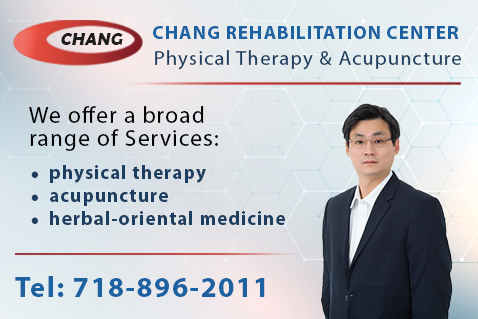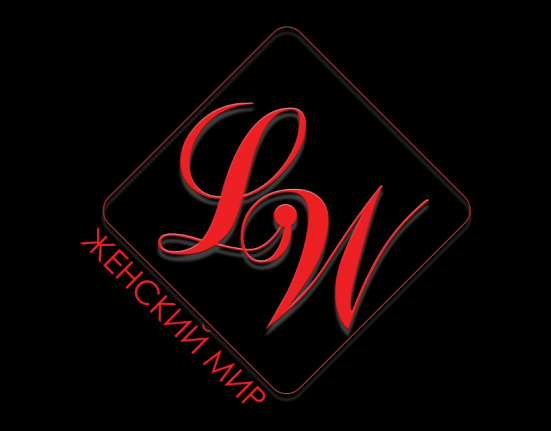It is easier to notice
flaws in people. They are visible to the naked eye. Much harder is to discern
virtues. Our tradition teaches: flaws are like dirt on clothing that can be
washed away, revealing the true radiance of one’s qualities. If someone tells you that you are stained, you will not be
offended – you will simply thank them.
Similarly, we should
respond when someone points out our shortcomings. It is challenging to learn to accept such remarks, but above
all, we must remember: this is why we come into this world – to refine
the traits of our character, our middot. This is the highest purpose of life and the most delicate
creative work.
Let's examine flaws from
a different perspective. Each of them is a continuation of our virtues. What we
call a weakness or a minus is often simply the reverse side of a strength. A
principled and honest person can also be stubborn or rigid. Emotional
sensitivity makes us vulnerable, yet it also grants us depth of feeling and
empathy. Someone meticulous and attentive to detail may become overly pedantic.
The courageous and decisive may turn reckless or impulsive.
In other words, virtue
and flaw are two sides of the same trait. They are interwoven and may manifest
differently in different situations. A
flaw does not truly exist on its own – it is almost always a distorted,
excessive, or one-sided form of a virtue. It is like a power that has fallen out of
alignment. If it is “recalibrated,” the minus transforms into a resource.
Imagine a pendulum: a virtue swings too far, becomes a flaw, and then can
return to the golden mean. Like medicine: in the correct dose, it heals; in
excess, it harms.
Another question arises:
how and why does a virtue become excessive? For example, how does the pursuit
of quality turn into perfectionism? A person wants to do things well, to finish
them, to create something of value. This is the energy of growth and respect
for labor. But because of past failures, traumas, or dynamics within family and
environment, they lose faith in themselves and develop a fear of failure along
with these beliefs:
– “If I don’t do it well
enough, I will be judged or rejected.”
– “I must be perfect,
otherwise I am unworthy.”
– “I must surpass
everyone, or else I am nothing.”
Then the pursuit of
quality ceases to be inner joy and turns into pressure. A person gets stuck on
details, loses vitality, fears starting a project because it cannot be done
“perfectly,” and becomes overly demanding of themselves and others. Thus, the
virtue of “quality” degenerates into stifling, destructive perfectionism.
The same principle
applies elsewhere: a person with rich empathy, having endured pain, may become
hypersensitive to it. Someone who learned to defend against threats may transform
strength into harshness and aggression. A person inclined to responsibility,
who in childhood faced instability or early burdens, may develop a fear of
losing control, a compulsion to hold everything in their hands, and a craving
to dominate.
Remember: virtue is
primary, and flaw is merely “a misaligned setting.” It is not a void, but a pendulum that has
swung too far. And if it has swung to an extreme, that means within already
lies a strong virtue, waiting to return to balance. The principle of the
pendulum can become a tool for inner work.
Remember Brodsky’s lines:
Your New Year, on a
dark-blue wave
amidst the city’s sea, is
sailing,
adrift in longing
unexplained,
as though life would
begin again,
as though there’d be both
light and glory,
a fortunate day and bread
in plenty,
as though life swung
itself to the right
having swung to the left.
How symbolic this is
before Rosh HaShanah, when we traditionally turn inward: to reflect on where we
have been this past year, what good we have done, and where we have gone
astray. A person makes a cheshbon nefesh – an
accounting of the soul – sees where they have swung too far right or
left, and returns themselves to the golden mean.
Let us attune ourselves to discovering hidden
inner strength and to teshuvah – returning to our true selves.
Shana Tova!





















